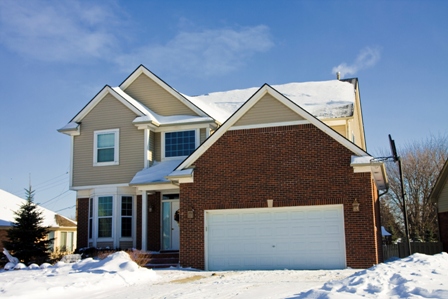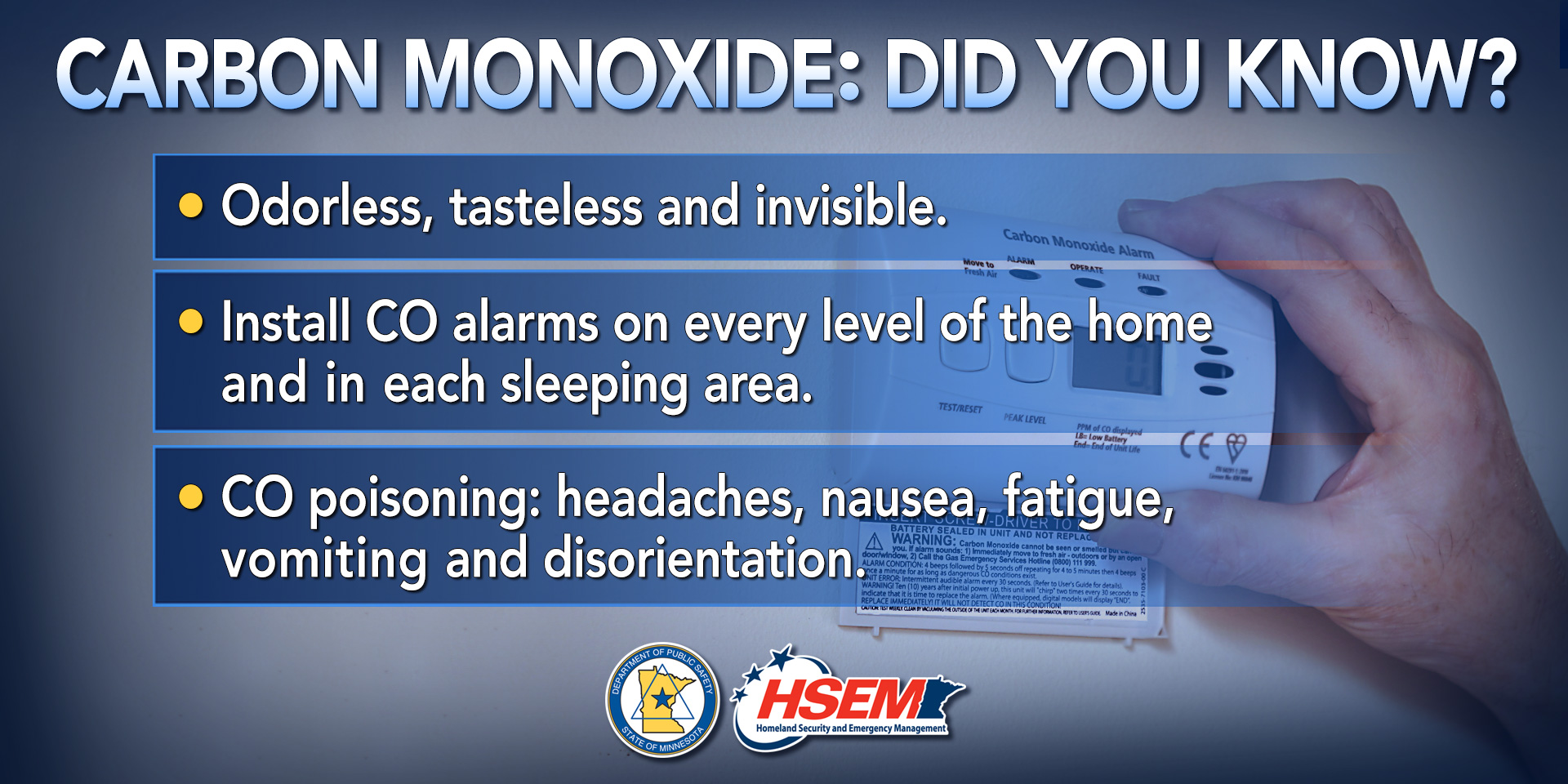Be Prepared with Indoor Winter Safety tips
Nov 07, 2019 05:34AM ● By Editor
From the Minnesota Department of Public Safety - November 7, 2019
The best way to avoid the hazards is to stay warm and cozy indoors, but it’s tough to stay cooped up for months — and even staying indoors for long periods carries risks. Problems can arise with indoor air, and fire risks increase dramatically in the winter.
Are your ready for it? Do you know how to stay warm, safe and happy all winter?
Follow the links below to detailed fact sheets on winter indoor safety.
The best way to avoid the hazards is to stay warm and cozy indoors, but it’s tough to stay cooped up for months — and even staying indoors for long periods carries risks. Problems can arise with indoor air, and fire risks increase dramatically in the winter.
Are your ready for it? Do you know how to stay warm, safe and happy all winter?
Follow the links below to detailed fact sheets on winter indoor safety.
INDOOR WINTER SAFETY

Carbon Monoxide - The Deadly Winter Hazard
To view data for CO poisonings in Minnesota, including hospitalizations, emergency department visits, and deaths go to:
Carbon Monoxide Alarms
This program educates viewers on some simple steps they can take to protect their homes against two potential killers: carbon monoxide and the toxic smoke associated with fire.
(Languages: English, Spanish, Hmong & Somali)
(Languages: English, Spanish, Hmong & Somali)
Mold
Several factors lead to increased concerns about mold during the winter months. Moisture conditions indoors can lead to the growth of molds and mildews. While forced air heating systems make indoor air drier overall during the winter months, certain areas of the home may experience intensified levels of humidity because of a lack of ventilation.
Chemical and Environmental Exposure
As the winter months arrive, and people begin spending more time indoors, indoor air quality becomes a greater health concern - especially for children. Some of the more important health hazards associated with indoor air quality are the potential for extended exposure to lead, asbestos or other types of environmental hazards in a home - especially during renovation and remodeling activities.


